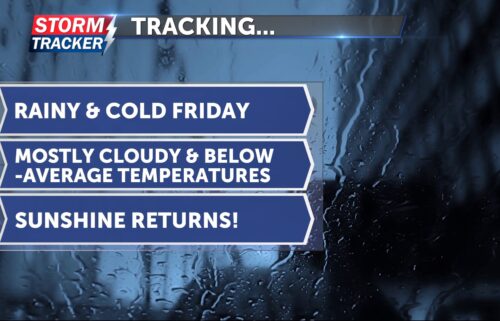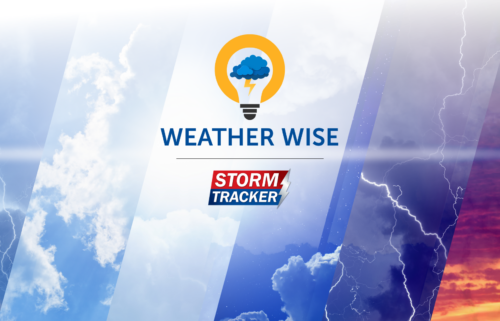Above-average tornado tallies target the heartland

By Jared Shelton News-Press NOW meteorologist
Every year is different when it comes to spring severe weather season across the United States. As May comes to a close, stats are revealing that 2024 has been particularly active when it comes to tornadoes.
According to the Storm Prediction Center, a preliminary 870 tornadoes have been reported across the lower 48 states so far this year, well above the decadal mean figure for late May, which falls to just over 650. A handful of other years in recent history, such as 2011, have had higher numbers by late May. Even so, the current pace of tornado tallies is still well above average.
While regions like the Great Plains, Midwest and southern U.S. tend to be the most active when it comes to spring tornadoes, the geographic distribution and frequency of severe weather events is constantly shifting within these areas depending on a multitude of meteorological factors. From coast to coast, all regions of the continental U.S. have reported at least a few tornadoes since January, but this year’s highest numbers have come from the Great Plains and Midwest, what many deem to be the classic “tornado alley.” Believe it or not, this is a shift from the last several seasons, which have generally been more active across the mid and deep south, a region referred to as “Dixie Alley.”
In some ways, the annual changes in geographic distribution of American twisters can be chaotic in nature and left up to chance. But, the recent uptick in tornadoes across states like Texas, Oklahoma, Nebraska, Iowa, Missouri, Illinois and Ohio over the last 60 days is not a surprise to forecasters. One reason for this is the climatological nature of tornado season, which typically shifts farther north through the course of the year as warm moist air pushes into higher latitudes. For example, states along the Gulf Coast reach peak tornado season around March, while parts of the upper Midwest often reach their peak in late June and in some cases early July.
Aside from climatological factors, the large-scale shift from El Nino to La Nina currently underway in the tropical Pacific has also influenced this year’s tornado tallies. While last year was dominated by El Nino, which kept deep moisture across the southern U.S. through much of the spring season, this year’s transition toward La Nina is bringing moist air much farther north. Because moisture is a primary ingredient in thunderstorm development, an influx of moisture-rich air can also lead to more tornadoes over a period of weeks or months.
Just as tornadoes have pounded the heartland in recent months, parts of the region have also seen copious amounts of rain. Nebraska and Iowa are two of the hardest-hit states when it comes to recent bouts of severe weather, counting 138 tornadoes so far this year, along with a handful of flash flooding events. The last regional severe weather outbreak spared Northwest Missouri this past Tuesday, but once again hammered our neighbors to the north. Despite avoiding most of the recent action, effects are still being felt locally today, as the Missouri River has once again reached minor flood stage due to the deluge upriver.


